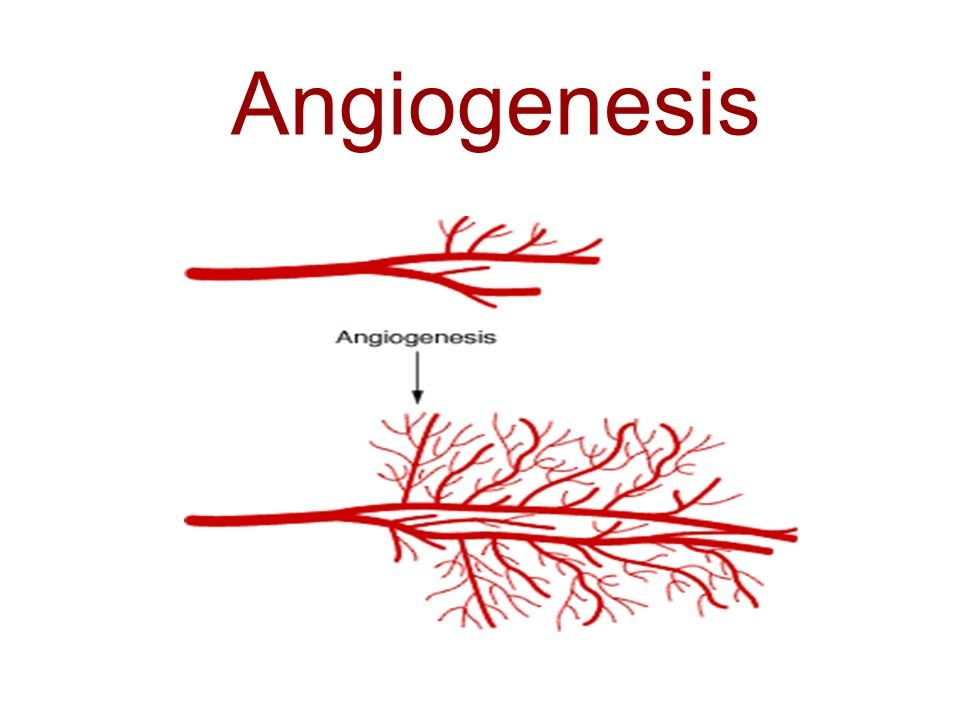
Insights on Angiogenesis: The First Defense System
Angiogenesis
The process through which blood vessels develop and are maintained in our bodies is known as Angiogenesis. Our organs are provided life with oxygen and essential nutrients by Blood Arteries. However, if abnormal blood vessels proliferate, they may feed cancerous tumours that are very small. The timing and location of blood vessel growth are regulated by a good angiogenesis system, which can also stop tumours from drawing blood from a private source to obtain the oxygen they require to thrive. Numerous illnesses, including cancer, may manifest when the body loses its capacity to manage blood arteries. Dr. Li in his book “Eat to beat disease” explains that everybody has cancer developing inside of them. In the autopsy studies on individuals who never had a cancer diagnosis in their lifetime, nearly 40% of women between the ages of forty and fifty had microscopic tumour in their breasts, roughly 50% of men between the ages of fifty and sixty had microscopic cancer in their prostate, and nearly 100% of those over the age of seventy had microscopic cancers in their thyroid gland.
Well, this development of cancerous cells happens as a result of altered DNA in healthy cells by exposure to the environment or when healthy cells divide incorrectly due to natural processes. Hagen with the others in their article “Oxidants, Antioxidants, and the Degenerative Diseases of Aging” have mentioned that all the cells that are dividing in our body experiences up to 10,000 DNA errors, and this results in the development of little cancers or tumors cells. But an interesting fact is that these little cancer cells are absolutely safe. Many of them never develop a harmful nature. They begin as little as the tip of a ballpoint pen. And, as long as they are unable to grow larger and penetrate organs, they cannot spread and cause death. Folkman & Kalluri, with their research on “Cancer without Disease,” explains that our body has an amazing defense mechanism that prevents tiny tumors from spreading by denying them the blood supplies and nutrition they would require to do so. This powerful health defense system that naturally cuts off the blood supply to tumors is Angiogenesis System. As long as theis angiogenesis system operates properly, blood vessels grow in the right place at the right time: not too many or not too few but, just the right amount.
Another interesting fact to know is that our body consists of sixty thousand miles of blood vessels and their purpose is to carry oxygen and nutrients to the cells that keeps us alive and shields us from illness. Among all the Capillaries are the tiniest blood vessels. We have 19 billion of them in our body, and are smaller than a hair. The density and pattern of Capillary depends on the function of the organ and amount of blood flow required. As Angiogenesis is very crucial to maintaining life, it starts in the reproductive system even before conception. The endometrium, a lining of fresh blood vessels ready to receive and nurture the fertilized egg, has already been developed in the womb by the time a sperm encounters an egg. Pereira with others mentioned int their article “Angiogenesis in the Placenta” that when fertilized egg gets implanted, the blood vessels act as the first supply lines for the developing fetus. And, about eight days after, a new vascular organ, the placenta, is created to bring blood from the mother to the fetus. For next nine months, Angiogenesis creates an entire circulatory system and fills up each organ in the developing body.
As the body gets ready to give birth towards the end of pregnancy, the placenta releases soluble Flt-1, a natural Antiangiogenic factor that suppresses the growth of blood vessels. The health defence system's capacity of Angiogenesis to turn on, turn down, and turn off is a distinguishing feature. It is responsible for both the development of life during pregnancy and the protection of our health for the length of our lives. Dr. Li further have clarified that whenever we have a deep cut, whether from surgery or trauma, we can notice that changes begin to occur in the affected area within seconds. Thousands of new blood vessels develop in the wound to heal the damaged tissue.This is indeed Angiogenesis system working throughout the process. The cut disrupts normal blood flow and results in hypoxia, or lower oxygen levels.When there is a shortage of oxygen, more blood vessels expand to bring in more oxygen.
The purpose of growth factors, which are released by injured cells in response to hypoxia, is to promote Angiogenesis. The starting of healing gives Inflammation. When, two types of inflammatory cells, macrophages and neutrophils enters the wound to remove any bacteria and foreign objects, they produce their own angiogenic growth factors, which boost the production of blood vessels.
To be Contd.....